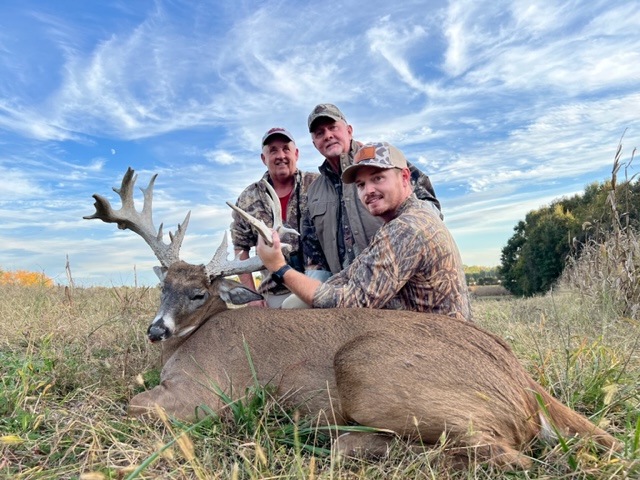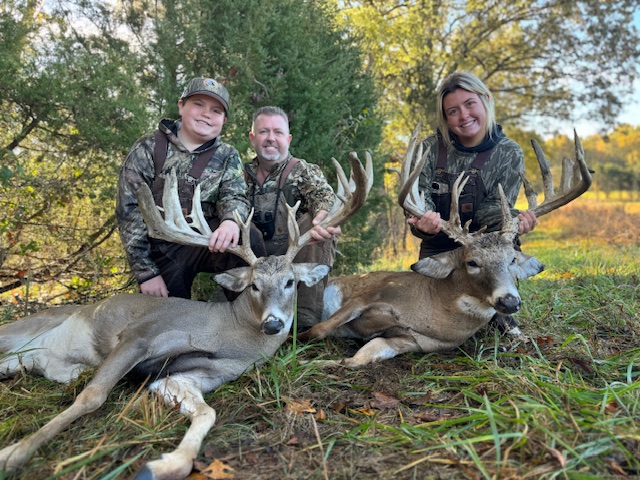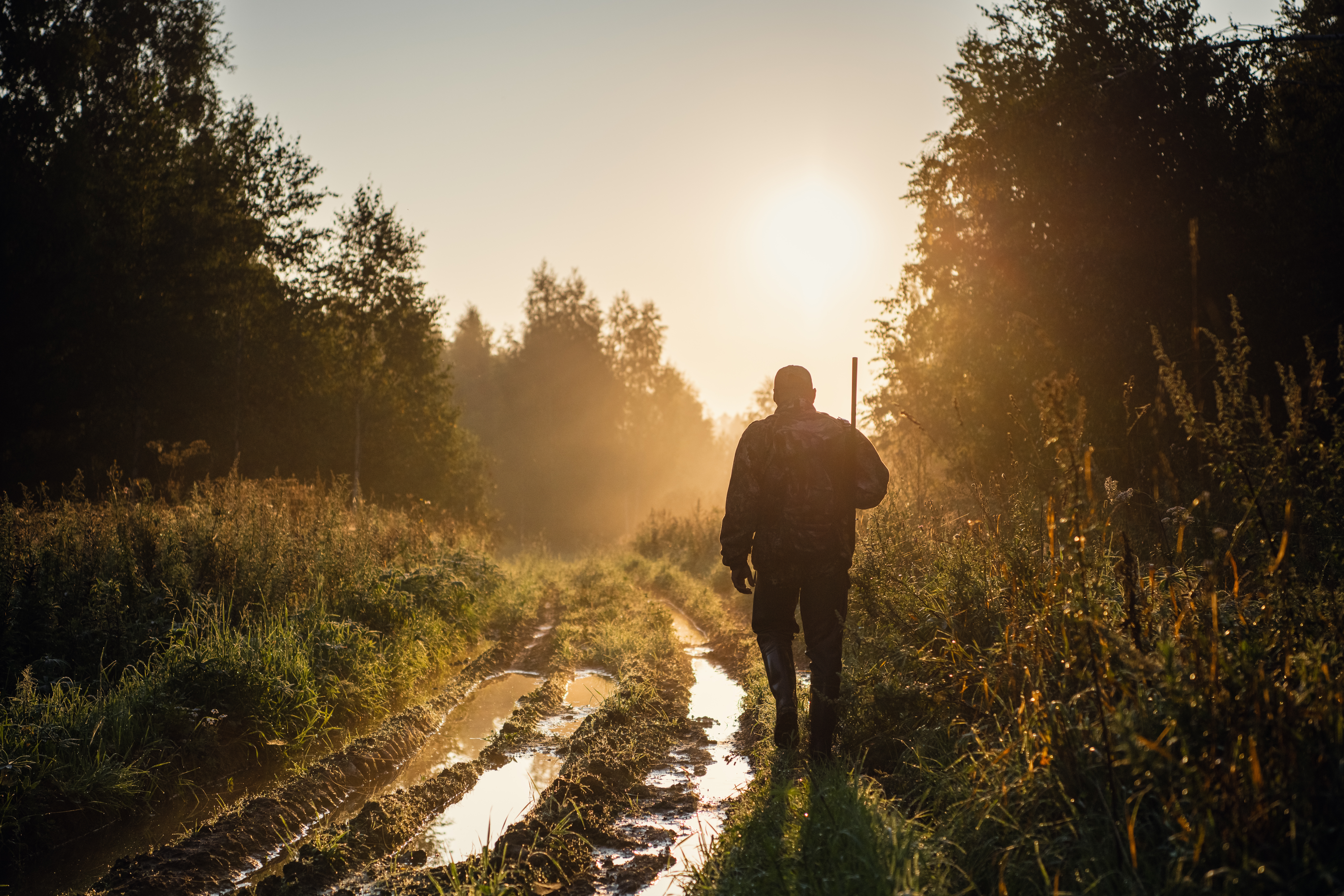
Plan a Thrilling Deer Hunt Illinois Adventure for Trophy Bucks
Deer hunt illinois: discover the best months to tag 170-, 180-, and 200-class bucks, plus expert tips and hotspots. If you have dreamed of a hard-charging rut hunt, frosty field edges at dawn, and the heart-pounding sight of a heavy rack slipping through timber, this guide is your roadmap. Cedar Ridge Whitetails in southern Illinois offers private guided hunts on a diverse preserve with mature timber, pine and cedar thickets, thick draws, cornfields, and lush food plots. Whether you are after a trophy in the 170 to 179 class, the elusive 180 to 199 class, or a once-in-a-lifetime 200-plus giant, we will show you when to go, where to sit, and how to play the wind for your best shot at a wall-hanger.
Why Illinois Is a Trophy Buck Powerhouse
Illinois is known for fertile soils, rich agriculture, and balanced deer management. Those factors produce excellent nutrition and body weights, which support strong antler growth. The southern region features rolling oak ridges, cedar thickets, and creek bottoms that create a perfect blend of cover and edge habitat. Add in a rut that lines up with cool November weather, and you have a recipe for mature buck movement in daylight. On private preserves like Cedar Ridge Whitetails, hunters benefit from careful habitat planning, reliable food sources, limited pressure, and strategic stand placement. That combination is ideal for hunters who want a thrilling, efficient, and ethical experience.
Best Months to Tag 170-, 180-, and 200-Class Bucks
Early Season: Late September to Mid-October
Early season is a quiet window with low pressure. Patterns revolve around bed-to-feed movement. On warm evenings, bucks often stage in thick cover before stepping into food plots or cornfield edges during the last light.
- 170-class: Solid opportunity if you set up just off food in staging areas near cedar thickets or pine edges. Focus on calm evenings after a mild cold front.
- 180-class: Possible when a mature buck is locked into a predictable pattern. You must stay invisible and favor soft entry routes.
- 200-class: Rare in early season. If you have daylight images and steady winds, treat it as a low-impact ambush with extreme patience.
Pre-Rut: Late October to Early November
The pre-rut flips the switch. Bucks expand daylight travels, check scrapes, and cruise edges. A sharp temperature drop can trigger remarkable movement.
- 170-class: High odds near active scrapes, oak ridges, and travel bottlenecks. Midday sits pay off.
- 180-class: Strong window. Set on funnels between bedding areas and food. Rattling and soft grunts can bring a heavy deer into bow range.
- 200-class: Your odds improve here, especially on the first big cold front after Halloween. Focus on pinch points that force movement past your set.
Peak Rut: Early to Mid-November
When the rut hits, bucks throw caution aside and cover ground. All-day sits can produce heart-pounding chases and surprise appearances. This is the best time to deer hunt Illinois for mature-class bucks that rarely show themselves otherwise.
- 170-class: Excellent chances in funnels, saddles, and downwind edges of known doe bedding. Be ready for fast action.
- 180-class: Prime time. Set where multiple trails converge or where terrain forces movement along a narrow line. Wind is everything.
- 200-class: This is the window many hunters plan their entire year around. Cool, overcast days or a crisp morning after a cold front can be magic. Stay patient and stay all day.
Post-Rut: Late November
After the peak, bucks become more cautious but still move for late receptive does. Food becomes more important, especially near secure cover.
- 170-class: Good chance on field-edge travel late in the day.
- 180-class: Fair but focused. Target thick travel corridors that lead to standing grain or high-carb food plots.
- 200-class: Possible on a secondary rut flurry. Strike on the heels of a sharp cold front with snow flurries or clear, cold conditions.
Late Season: December Through January
When the mercury drops, food is king. Deer stack into secure feeding routines. With pressure managed and access routes dialed in, late season can be incredibly predictable.
- 170-class: Strong on high-energy food sources like corn edges and brassica plots. Afternoon sits rule.
- 180-class: Very good when you sit tight to bedding near secluded food. Ice-cold evenings concentrate movement early.
- 200-class: Difficult but not impossible. Focus on low-impact setups with bulletproof wind, and never bump the core area.
Top Hotspots and Habitat Features in Southern Illinois
Southern Illinois offers classic whitetail structure. If you want to deer hunt Illinois like a local, key on terrain and vegetation that guide travel and provide easy food access.
- Creek bottoms with thick cover that funnel movement during the rut
- Oak ridges dropping acorns in early to mid-fall
- Cedar and pine thickets for bedding security on windy days
- Edge habitat between timber and cornfields for evening movement
- Hidden food plots tucked near bedding for daylight feeding
- Saddles, pinch points, and field corners that force movement
Cedar Ridge Whitetails was built around these features. The preserve blends mature timber, pine and cedar thickets, thick draws, cornfields, and high-quality food plots. Expert guides pair you with winds, access routes, and stand locations that match current deer behavior.
Tactics by Trophy Class
170-Class Strategy
These bucks are wise but more active in daylight than their older peers. Pattern them with cameras and glassing. Key plays include evening sits over staging cover, morning sits along trails exiting bedding, and midday sits near terrain funnels close to doe groups during the pre-rut.
- Scout for fresh scrapes and rub lines leading to food
- Use light rattling and soft grunts in late October
- Favor 20 to 25 foot stand heights in open timber for better wind control
- Exit routes matter. Sneak out without bumping deer
180-Class Strategy
These bucks are selective movers. They favor thick cover, perfect winds, and less obvious routes. Hunt edges of bedding areas with bulletproof access and wait for weather shifts.
- Capitalize on the first sit effect. Save your best stands for high-odds days
- Set up on leeward ridge trails just off the top
- Hunt downwind edges of doe bedding the week before the rut
- Use decoys sparingly in open fields during calm, clear mornings
200-Class Strategy
Giant bucks are a different game. They may move in daylight only under ideal conditions. Your approach must be slow, meticulous, and patient. One mistake can shift a true giant to a new pattern.
- Commit to long, all-day sits in the right funnel during peak rut
- Never hunt a stand if the wind is not perfect
- Minimize intrusion. Use low-impact observation sits before going all-in
- Trust your guide at Cedar Ridge Whitetails to select the most discreet access routes
Wind, Weather, and Timing Tips
Illinois deer move best when conditions change. To maximize your odds, plan your trip dates around likely weather shifts, and be ready to adjust daily.
- Cold fronts: Hunt the first 24 to 48 hours after a temperature drop
- Wind: Favor a steady wind that keeps your scent out of bedding and travel lines
- Thermals: Mornings pull down, afternoons pull up. Adjust stand height accordingly
- Barometer: Rising pressure after storms often triggers movement
- Moon: Focus on weather and wind first, then consider moon as a minor factor
Essential Gear Checklist
- Versatile clothing system for layering in mild to freezing weather
- Quality rubber or leather boots with good traction
- Safety harness and lineman’s belt for stands
- Rangefinder, binoculars, and spare batteries
- Wind checker and face mask to reduce shine
- Quiet pack with extra gloves, hand warmers, and tags
- Well-tuned bow or rifle, broadheads or ammo matched to your setup
- Portable light, reflective tacks, and a small field kit
Guided vs DIY: Why a Guided Hunt Increases Odds
DIY hunts can be rewarding, but they require local knowledge, weeks of scouting, and the right permission. A guided hunt at Cedar Ridge Whitetails gives you instant access to a managed preserve with proven stand sites, patterning data, and expert guidance. Your hunt is private to your booking party, so you get full attention, flexible setups, and a schedule tailored to the day’s conditions. When your goal is a 170 to 179, 180 to 199, or 200-plus trophy, local expertise is the difference between hoping and tagging out.
What Makes Cedar Ridge Whitetails Different
Cedar Ridge Whitetails is a family-owned hunting preserve in scenic southern Illinois. The property blends mature timber, pine and cedar thickets, thick draws, cornfields, and food plots to create dynamic deer movement and reliable opportunities. Hunts are private to your group, which makes the experience personal, focused, and immersive. The trophy-class structure allows you to chase the exact caliber of deer you want, from 170-class to 200-class and beyond.
- Private guided hunts exclusive to your party
- Trophy classes: 170 to 179 inches, 180 to 199 inches, 200 inches and above
- On-site lodging for comfort and convenience
- Balanced habitat management and thoughtful access routes
- Friendly, experienced guides committed to safe, ethical, and exciting hunts
How a Typical 3-Day Hunt Unfolds
- Arrival and orientation: Settle into comfortable lodging, confirm weapon zero, review stand plans, winds, and access routes with your guide.
- Day 1: Observation and strike. Start with a high-odds set based on current intel. Adjust midday to match fresh sign or shifting winds.
- Day 2: Aggressive positioning. Move to funnels, scrape lines, or leeward ridges favored by your target class. Commit to longer sits if the movement is steady.
- Day 3: All-in. Push your best stand with the right wind and a good weather trigger. Trust the plan and hunt hard to the final light.
Field Ethics and Shot Selection
Great hunts are built on respect. Keep shots within your effective range, wait for ethical angles, and anticipate how wind or branches may affect your arrow or bullet. Work with your guide at Cedar Ridge Whitetails to track and recover your deer. A calm, measured approach protects the resource and preserves the memory of your trophy.
Frequently Asked Questions
What is the best month to deer hunt Illinois for a 170-class buck?
Late October through mid-November is ideal. The week around Halloween often produces major daylight movement, especially after a cold front. Late season is also strong on food sources.
When should I target a 180-class buck?
Early November is the prime window. Focus on funnels between bedding and food, and hunt all day when the rut is on.
What about a 200-class buck?
Plan around the first two weeks of November with flexible travel dates. Be ready to sit long hours in high-percentage pinch points and trust the wind.
How important is wind direction?
Wind is everything. A perfect stand in the wrong wind is a poor choice. Cedar Ridge Whitetails guides will position you so your scent never reaches bedding or expected travel lines.
Do I need special gear for late season?
Layered clothing, hand warmers, and insulated boots are critical. Cold hunts are often the most productive, but only if you can sit still and stay comfortable.
Is lodging available?
Yes. Cedar Ridge Whitetails offers on-site lodging so you can rest well, review plans nightly, and wake up close to your morning set.
Travel Tips for Your Illinois Hunt
Plan ahead to align your hunt with key weather fronts. Pack layers for changing temps and bring both light and heavy gloves. If you bowhunt, practice from elevated positions. If you rifle or slug hunt, confirm zero after travel. Arrive early enough to meet your guide, review maps, and settle into the lodge without rushing.
Booking Your Trophy Hunt
For a focused, high-energy deer hunt Illinois experience, book with Cedar Ridge Whitetails. Choose your target trophy class, coordinate dates around the pre-rut or peak rut, and let the team build a custom plan. Private guided hunts let you hunt smarter, not harder, and on-site lodging keeps the adventure seamless.
Secure your spot early, especially for peak November dates. Call or reach out to Cedar Ridge Whitetails to discuss available windows, current patterns, and which trophy class best fits your goals.
Final Thoughts: Your Next Buck Is One Decision Away
Choosing the right month is the first step. Early season offers quiet patterns. Pre-rut brings rising daylight action. Peak rut delivers unforgettable chaos and the best shot at a 180 or 200 giant. Post-rut and late season reward patience on food. Pair those windows with expert guidance, strategic stand placement, and disciplined wind control, and your odds skyrocket.
Ready to deer hunt Illinois with a team that lives for big-antler adrenaline and ethical success stories? Cedar Ridge Whitetails is your home base for private guided hunts, trophy-class opportunities, and comfortable lodging in the heart of southern Illinois whitetail country. Book your hunt today and make this season the one you will talk about for the rest of your life.



Leave A Comment